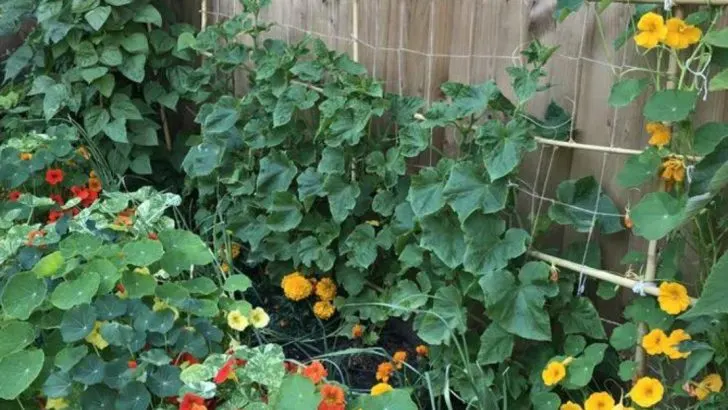Did you know that the right flowers can do wonders for your vegetable garden? Companion planting is a time-tested gardening strategy where certain flowers and vegetables grow better together — boosting yields, repelling pests, and attracting beneficial pollinators. It’s like giving your garden a natural power-up.
Flowers add more than just beauty; they create a healthy ecosystem by luring helpful insects like bees and ladybugs while keeping harmful pests at bay. When paired thoughtfully with vegetables, these floral allies can improve growth, flavor, and resilience — all without the use of chemicals.
In this article, you’ll explore 10 companion flower combinations that supercharge your vegetable garden. Whether you’re a beginner or a seasoned grower, these pairings will help you create a thriving, productive garden bursting with color and life.
Marigolds and Tomatoes
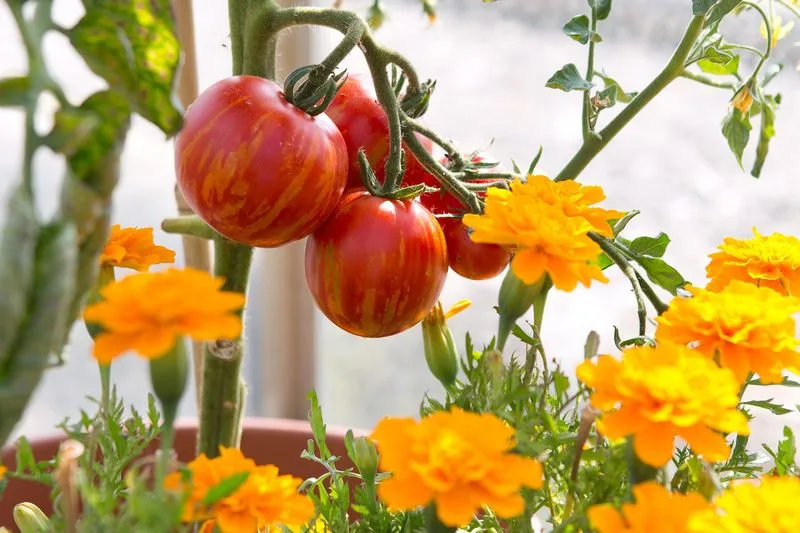
In the world of gardening, marigolds are like the trusty sidekick to tomatoes, offering protection with a splash of color. Known for their pest-repelling properties, they help keep nematodes at bay, which are notorious for damaging tomato roots. Planting marigolds around the base of tomato plants creates a vibrant shield against unwanted visitors.
Their fiery blooms are not just beautiful; they invite beneficial insects that keep pests in check. Embrace this classic duo to ensure a healthier tomato harvest with less fuss. Your garden will thank you with a bounty of delicious, juicy tomatoes.
Nasturtiums and Cucumbers

Nasturtiums, with their cheerful blooms, work wonders when paired with cucumbers. These flowers act like nature’s own pest control, attracting aphids away from cucumbers. The bright colors of nasturtiums lure these pests to them, sparing the cucumbers.
Their sprawling nature creates an attractive ground cover, helping to retain moisture and suppress weeds. Plus, they offer edible flowers that add a peppery kick to your salads. Partnering nasturtiums and cucumbers is a win-win for a productive and visually appealing garden. This pairing ensures a fruitful cucumber harvest, free from pesky intruders.
Borage and Strawberries
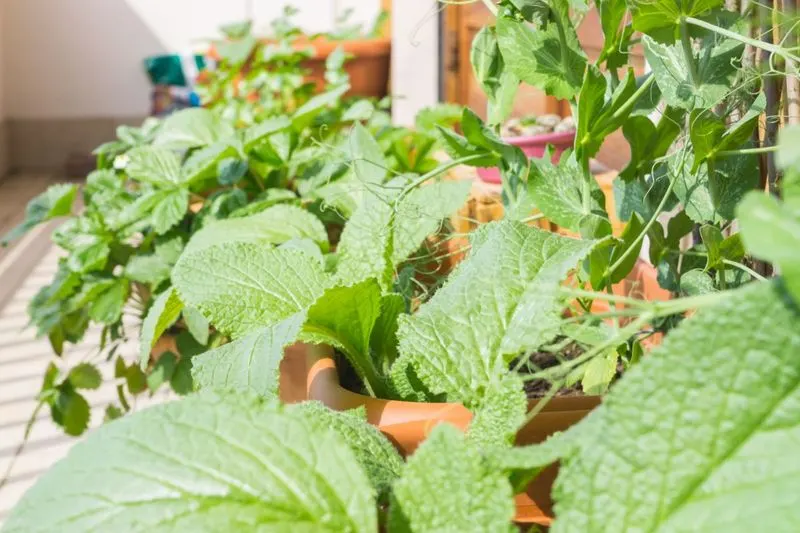
Borage, with its starry blue flowers, is a secret weapon for strawberry plants. Its presence enhances the flavor and yield of strawberries, making them even more delightful. The flowers attract pollinators, ensuring strawberries get the attention they need.
Additionally, borage improves soil health by adding trace minerals, which benefit strawberries. The combination of these two not only boosts productivity but also creates a beautiful visual display. Embrace this duo for a garden that’s as pleasing to the eye as it is to the palate, providing sweet, juicy strawberries throughout the season.
Calendula and Carrots
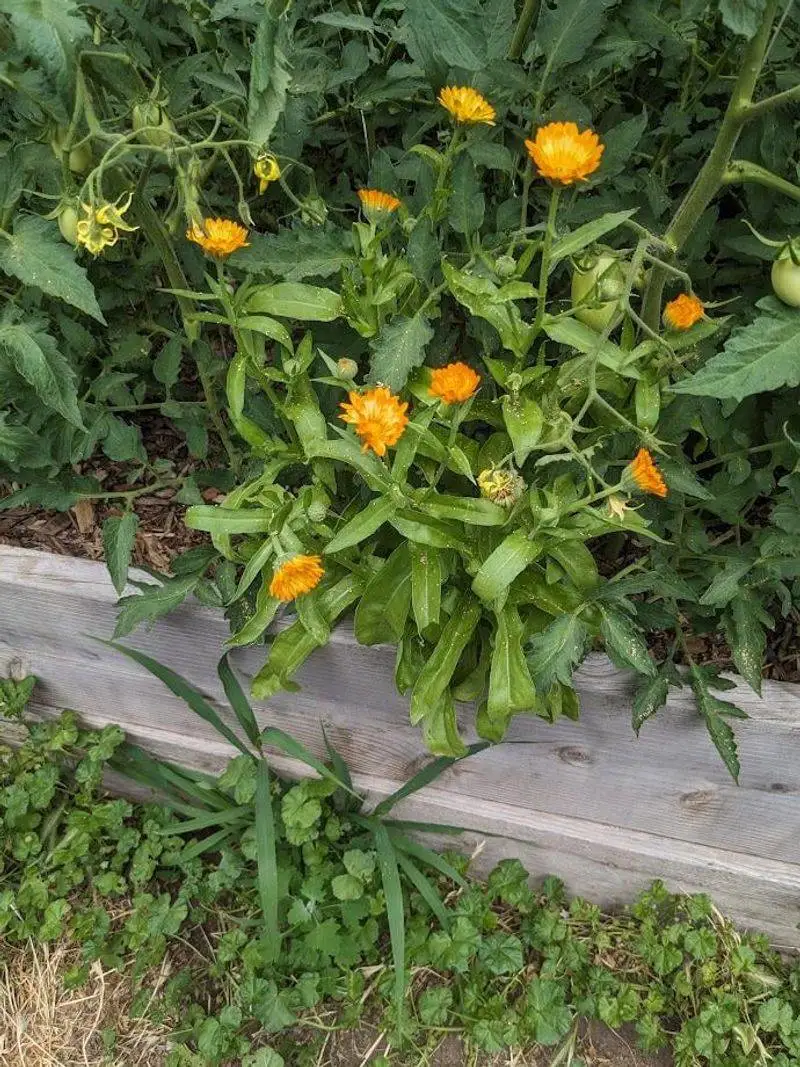
Calendula, with its sunny disposition, is a delightful companion for carrots. Known as “pot marigold,” it repels pests that tend to feast on carrot tops. The vibrant blooms also attract beneficial insects like ladybugs, which help in pest control.
Planting calendula near carrots enhances the growing environment, promoting healthier carrot growth. Not only does this pairing improve garden aesthetics, but it also results in a more robust carrot harvest. Enjoy the dual benefits of beauty and utility by integrating calendula and carrots into your garden plan.
Sunflowers and Corn

Sunflowers, with their towering presence, make an excellent partner for corn. Their tall, sturdy stalks provide a natural support system for climbing beans, often grown with corn. This triad, known as the “Three Sisters,” thrives together, with each plant supporting the others.
Sunflowers attract pollinators and birds, which help with pest control. Their sunny blooms create an inviting environment for beneficial insects, enhancing corn’s growth. Incorporating sunflowers alongside corn not only boosts productivity but also adds a stunning vertical element to the garden, creating a picturesque landscape.
Lavender and Eggplants
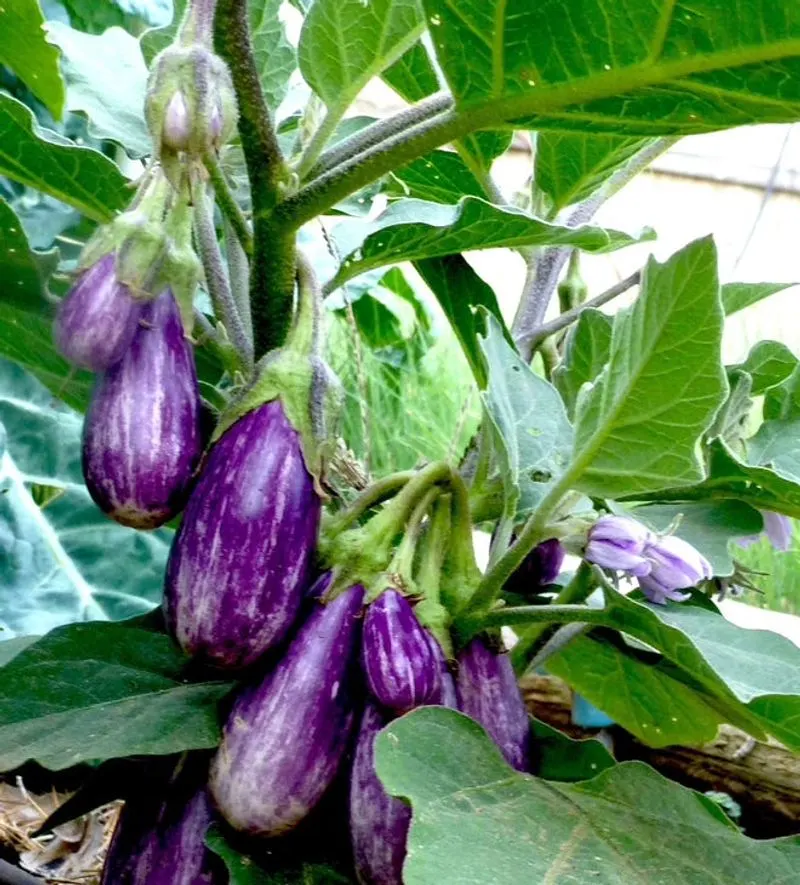
Lavender, known for its soothing fragrance, is more than just a pretty face; it’s a great companion for eggplants. Its scent deters pests like aphids and attracts pollinators, aiding in eggplant production. The contrast of lavender’s purple blooms against eggplants is visually stunning.
This aromatic pairing not only enhances the garden’s beauty but also improves eggplant health and yield. Lavender’s presence promotes a serene garden atmosphere while supporting robust growth. This duo brings together the best of both worlds: aromatic beauty and vegetable productivity.
Zinnias and Peppers

Zinnias, with their bright and cheerful blooms, are the perfect match for peppers. They attract pollinators and beneficial insects that help peppers flourish. Their diverse colors add a festive touch to garden beds, creating an inviting space for gardening enthusiasts.
This combination enhances the ecosystem, encouraging a healthy pepper crop. Zinnias also attract butterflies, adding an element of whimsy to your garden. By pairing zinnias with peppers, you’ll not only enjoy a colorful display but also a more productive pepper harvest, ensuring plenty of crunchy, flavorful peppers to enjoy.
Chives and Lettuce

Chives, with their onion-like flavor and purple blossoms, are a beneficial companion for lettuce. They repel aphids and other pests that often plague lettuce leaves, while their flowers attract pollinators.
Chives’ strong aroma acts as a natural pest deterrent, ensuring a healthier lettuce crop. This pairing is not just practical but also visually appealing, with chives adding texture and color to the garden. By combining chives and lettuce, you’ll enjoy a more abundant and pest-free harvest, with fresh, crisp lettuce ready for salads and more.
Alyssum and Broccoli
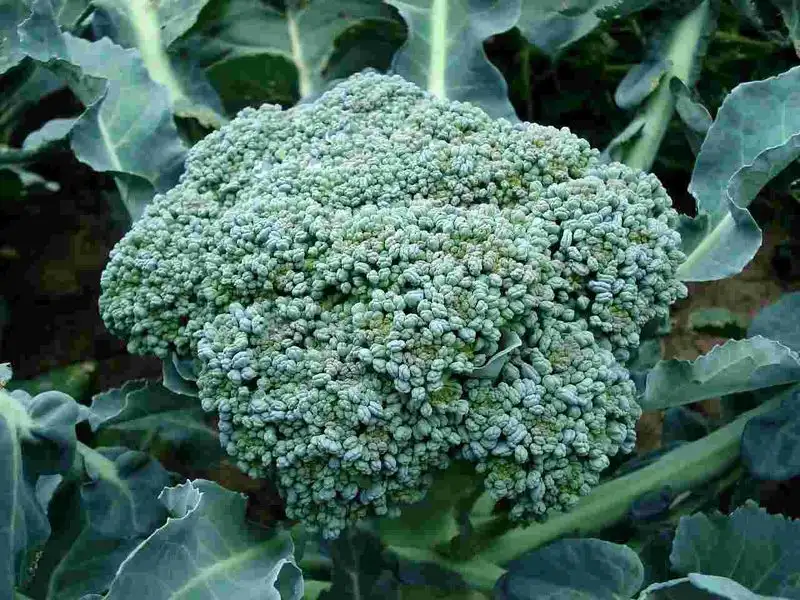
Alyssum, known for its tiny white blooms, is an excellent companion for broccoli. Its low-growing habit provides ground cover, helping to suppress weeds and retain soil moisture. Alyssum attracts beneficial insects like hoverflies that prey on aphids, protecting broccoli from infestations.
This combination not only aids in pest control but also enhances the garden’s aesthetics. Alyssum’s sweet fragrance adds to the garden’s charm, creating a pleasant environment. By pairing alyssum with broccoli, you’ll foster a healthier growing space, leading to a more successful broccoli harvest.
Petunias and Beans

Petunias, with their vibrant blooms, are more than just decorative; they’re valuable allies for beans. Their presence deters pests like the dreaded bean beetle, ensuring healthier bean plants.
The colorful flowers attract pollinators, enhancing bean productivity. Petunias’ sprawling nature also provides ground cover, helping to suppress weeds. This combination results in a bountiful bean harvest, with petunias adding a splash of color. By integrating petunias and beans, you’ll enjoy a garden that’s not only productive but also visually captivating, with a delightful mix of colors and textures.

